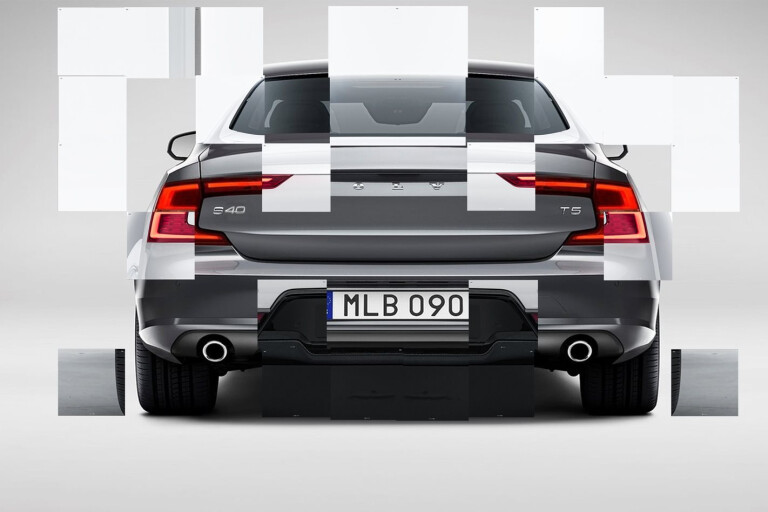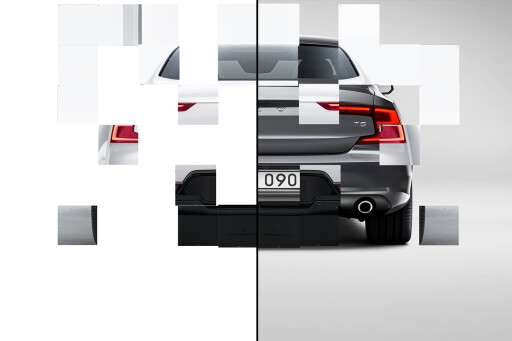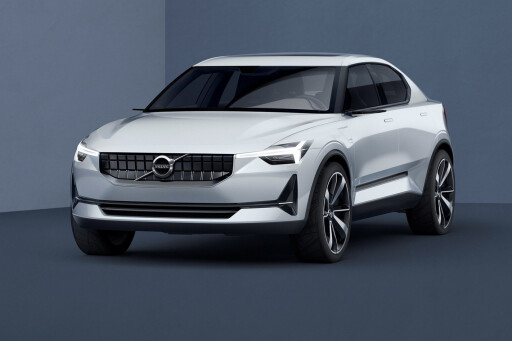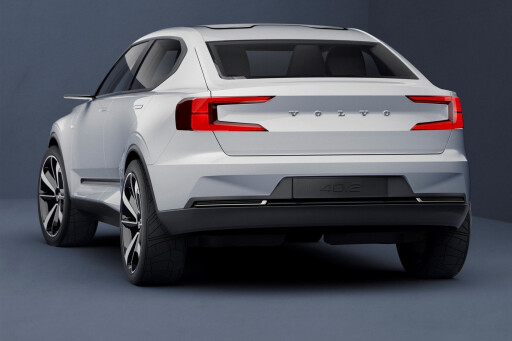
VOLVO’S Polestar has started teasing images of the car that will help spin it off as Volvo’s standalone performance brand.
After posting a cryptic “The End” image on its instagram account, and then another flagging Tuesday, October 17 as a significant date, Polestar has since released a series of teaser images showing snippets of what appears to be a modified version of Volvo’s Concept 4.02 - a coupe-styled sedan that was revealed last year to showcase the Chinese-owned Swedish luxury brand’s new Compact Modular Architecture (CMA).
We’ve stitched together the images into a complete rearward profile (above) of the car to give you a better idea of what it will look like.

Earlier this year, Volvo announced that Polestar had appointed new management team that would spin out the former motorsport division as a “separately branded electrified global high-performance car company”.
“Polestar will be a credible competitor in the emerging global market for high performance electrified cars,” Volvo chief executive Hakan Samuelsson said. “With Polestar, we are able to offer electrified cars to the world’s most demanding, progressive drivers in all market segments.”
Volvo plans to launch its first battery-fuelled car in 2019, with the new platform said to pack up to 100kWh – the same energy capacity that has allowed Tesla to build a version of its Model S that will sprint from 0-100km/h in a claimed 2.7 seconds.

It will also stop producing cars that burn hydrocarbons alone, with hybrid-assist systems and plug-in drivetrains to feature prominently in its line-up. It hopes to have sold a million battery-powered or assisted vehicles by the time 2025 rolls around.
The move coincides with tough new vehicle emissions regulations due in 2020 – the so-called Euro 7 standards – that cap carbon dioxide emissions at an average 95 grams per kilometre. The change will potentially mean an end to small diesel engines.
Volvo’s hybrid stop-start systems will use a 48-volt system – luxury brands Audi and Mercedes-Benz have already rolled out products featuring the higher-voltage electrics – hinting that Polestar’s application of the tech could include an electrically actuated active suspension system similar to that rolled out in the Audi SQ7. Polestar products have traditionally featured petrol engines, meaning the Polestar car could feature a petrol-powered plug-in hybrid system rather than a diesel.

Volvo’s proposal is to have a pair of high-powered cars capable of driving at least 500km in its line-up, with both now likely to wear the blue square Polestar badge rather than Volvo’s iron icon.
Australia has an historic association with Volvo’s performance brand; when it launched as an official sub-brand of Volvo in 2013, the S60 Polestar sedan and wagon were released in Australia first to test the global appetite for a hardened, $100,000 version of the mid-size car.
We liked the idea so much, they gave them to the rest of the world.

COMMENTS